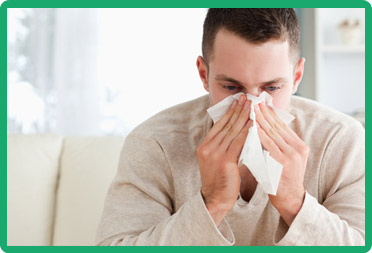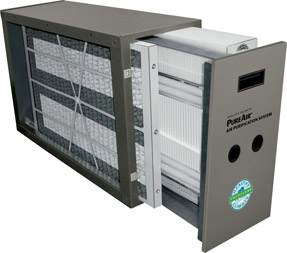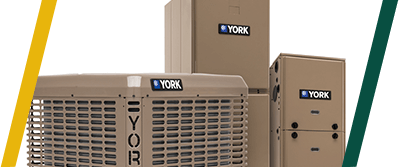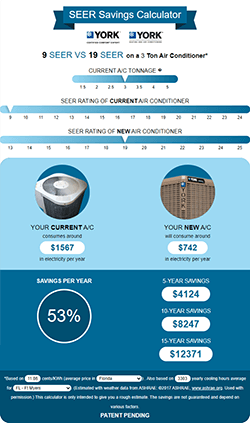
For many people, the beginning of summer does not mean the end of allergy season. Pollens and other outdoor allergens may be past their prime, but as the average person spends only about 10% of their time outdoors, it is indoor allergens that can constitute the biggest problem. Some of the major indoor allergens include dust, pet dander, and mold or mildew, bacteria, chemical vapors, and unpleasant odors. These allergens can last all year long, and have the potential to make life miserable for those sensitive to their powers. But did you know that you can use your air conditioning system to prevent and combat allergens? By following these tips, you can equip your central AC to stop many indoor allergens in their tracks.
The first step to making your air conditioner into an allergy-combatant is to make sure it is properly maintained. Clean reusable filters once per month, or change out disposable filters once every three months. A filter with a higher MERV(Minimum Efficiency Reporting Value) rating (between MERV 9-12) can remove a large amount of allergy causing particles, like dust or pet dander, from the air. You should also have an air conditioning technician check and maintain your HVAC system yearly. Allergens like dust or mold can reside in your duct work, so you may even consider having your ducts cleaned or sanitized if your technician suggests that this could be the source of your allergy symptoms.
With your air conditioner well-maintained, make sure that you use it properly. Just because the AC is running doesn’t mean that it is being used in the best way to combat indoor allergens. Even having the proper size of air conditioner can make a difference in this matter. If your unit is too large, its cooling cycle won’t be long enough to lower the RH (relative humidity) level, making your home a potential breeding ground for mold and mildew. Dust mites, another major allergy-causer, also need a humid environment to thrive. An HVAC technician can help you determine which air conditioner is the optimal size for your home or office.
Another tip for lowering the RH level in your home is to make sure that all the doors and windows are closed while the AC is running. This will also keep any outdoor allergens, like pollen, from entering your home. The exception to this is the kitchen and bathroom, where there is a lot of moisture and generally poor ventilation (can anyone say ‘mold’?). In these rooms, be sure to run the exhaust fan or open a window periodically to get rid of the moisture and unwanted odors. But remember to turn the fan off and close the windows again. Keeping them on/open for too long will put extra strain on the AC.
Contrary to what you might think, setting the temperature lower on your thermostat will not lower the RH – in fact, a lower temperature setting can even raise the humidity level! The ideal daytime AC temperature for maximum operating efficiency and RH level during the hot and humid summer months is 78 degrees or higher. During the cooler times of the year, if humidity is still a problem, you may want to purchase and run a dehumidifier.

One of the best ways to equip your air conditioner against allergens is to purchase a specialized air purifier (also known as an air cleaner). This option can especially benefit those with pet allergies or any other acute allergy symptoms. You can purchase stand-alone systems that clean the air in one room of your house, or whole-house purifiers that can be installed directly into your air conditioning system. Lennox PureAir is a prime example of a whole-house purifier, attacking major allergens like dust, pollen, mold, and even odors. It removes 95% of particles as small as 0.3 micron in size, and even destroys Ozone, a gas normally found in the Earth’s atmosphere, but which is known to irritate the respiratory system when present at ground level.
Whole-house air purifiers must be installed by a professional air conditioning contractor, but the benefits can greatly outweigh the cost. There many types of air purifiers which target different allergens, so it is best to ask the technicians at Kobie Complete which type will benefit you and your family. Of course, it must be said that an air purifier will not replace cleaning and dusting, as these units can only capture airborne particles, not those that have already come to rest on surfaces or fabrics.
Using a combination of proper maintenance and usage, humidity control, and air purification systems, you can turn your air conditioner into an allergy-fighting machine. Contact Kobie Complete Heating and Cooling, Inc. for more information on the specific air cleaning products available.





